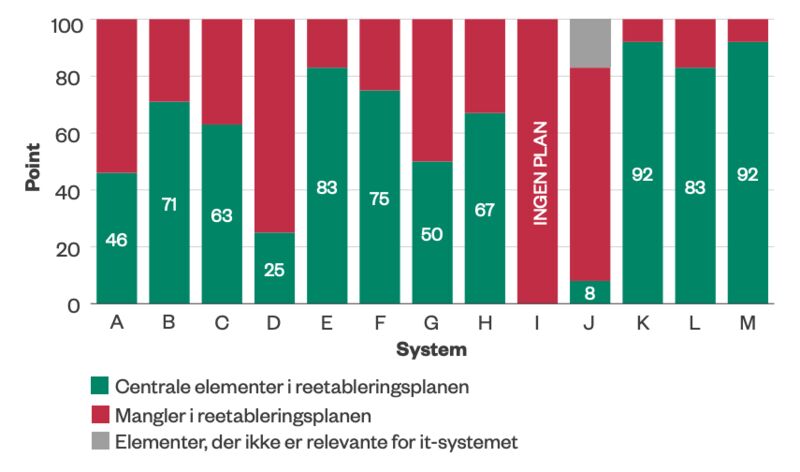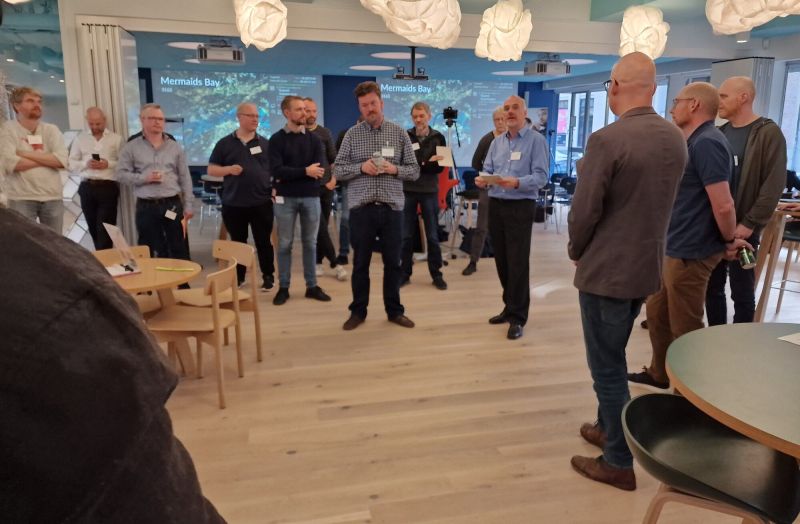There are two kinds of people in the world: Those who know who Fred Brooks was and those who don’t. If you are an IT professional in the second group, you can step up your game dramatically by reading his seminal book “The Mythical Man-Month.”
Fred Brooks managed IBM System/360, the project that produced the first real general-purpose computer back in the 1960s. He distilled his experience from this 5,000-man-year project into the first edition of TMMM in 1975 and the expanded anniversary edition from 1995 stands on my bookshelf. When I meet other experienced IT architects, as at Software Architecture Open Space in Copenhagen this month, people will use phrases like “second-system effect” that originated with Brooks. He passed away yesterday after a long and productive life full of accolades.
To commemorate Fred Brooks, I’m inviting you to join a series of online discussions on IT best practices and what we can still learn from The Mythical Man-Month. We’ll meet on Zoom every Thursday at 5 pm CET = 11 am EST = 8 am PST. We’ll discuss one chapter from the book and how it applies to our work in IT today. I expect each meeting will be 30-60 minutes, and we’ll record it for those who can’t make it. We start next Thursday, November 24. Sign up here: https://vester.li/tmmm










